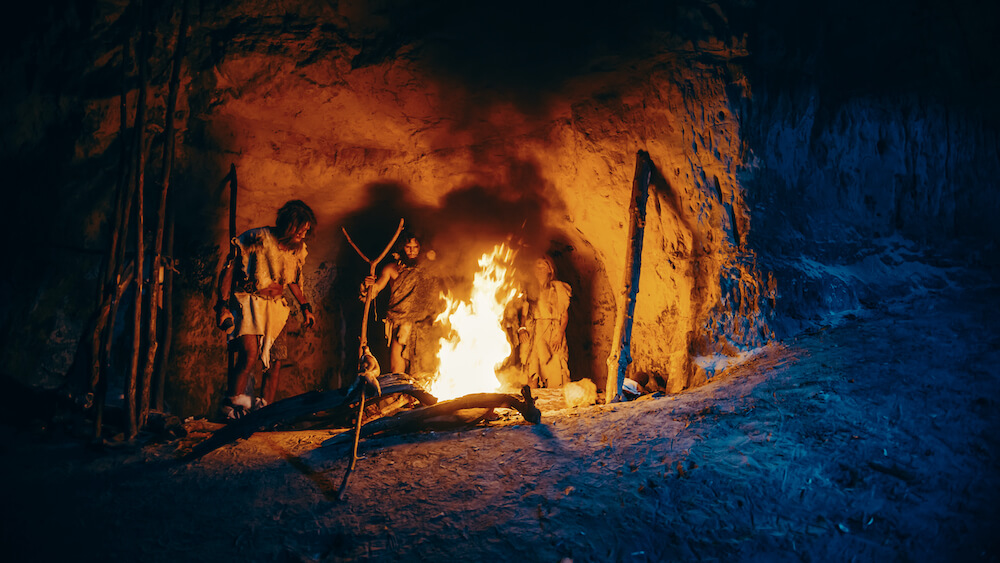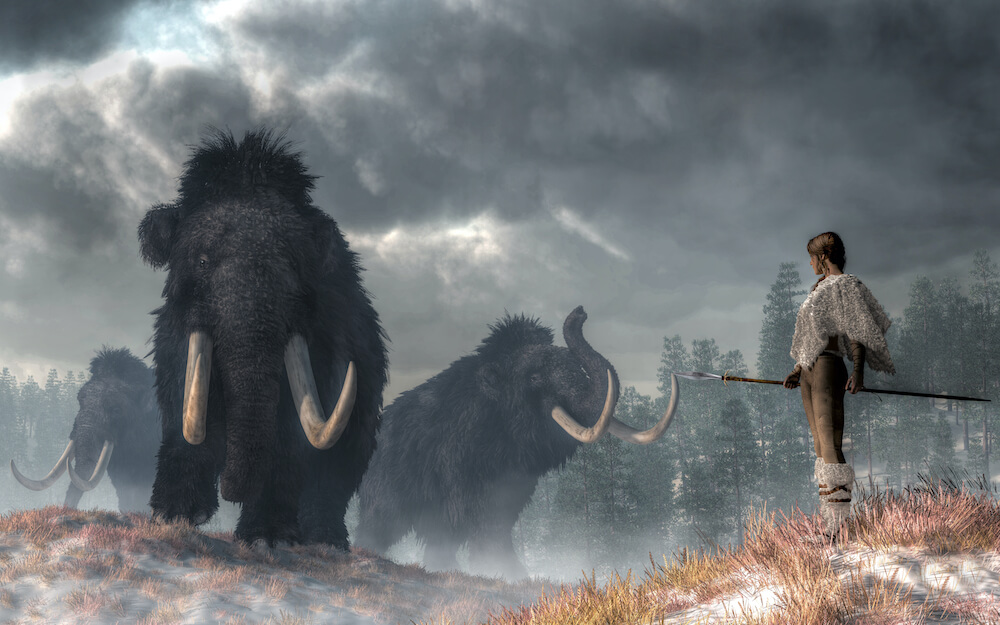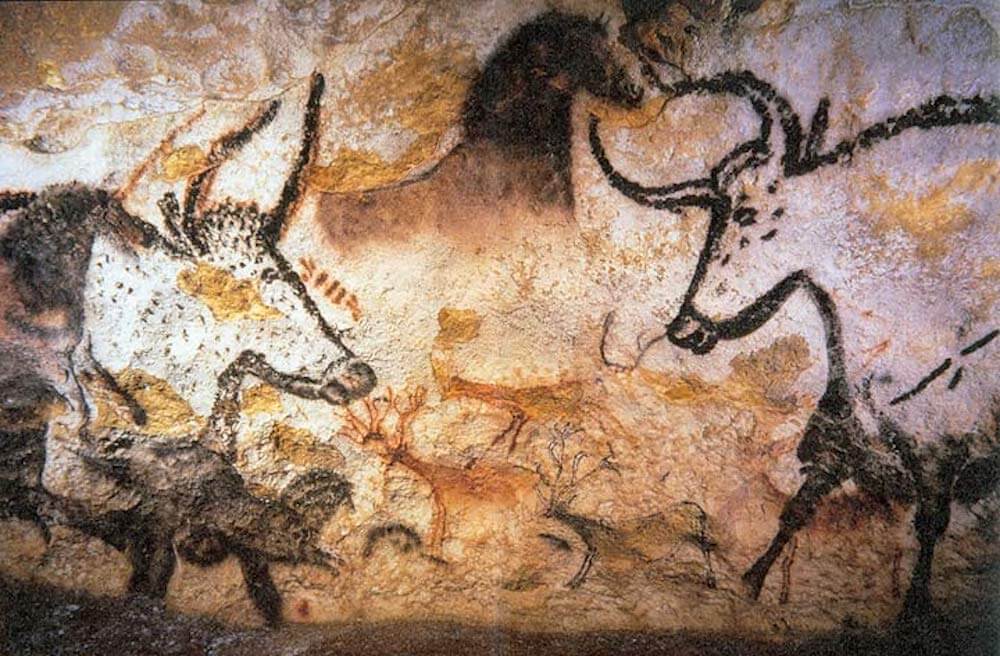The real paleo diet: what did our ancestors eat?
When we imagine prehistoric humans eating, we mostly think of meat. Still, our ancestors had a varied diet, which influenced our evolution. Let’s find out how.

Not only mammoths
Scientists have long assumed that our prehistoric forebears were primarily hunters. As a result, when we think of Stone Age people and their culinary preferences, we immediately imagine huge piles of mammoth meat roasting by the fire.

But is this what a prehistoric diet looked like? Did our ancestors prefer animal protein to vegetables or fruit? Is a grain-rich diet a modern invention that goes against our carnivore nature? Should we all try to eat like cave dwellers in order to improve our health?
The truth is a little more complicated.
Next up, we’ll find out: How exactly do we learn about what people ate in the Stone Age? How did food influence evolution? What did our ancestors really eat, and can we eat the same food today? We’ll also discover how our ideas about the history of food reflect our society’s modern-day issues and worries, our understanding of gender roles and even political preferences.
Prehistoric diets and ways to study them
For a long time, historians believed that early humans mostly ate meat. After all, that’s what the archaeological findings indicate: animal bones, arrow tips, and pictures of hunting on cave walls. However, more recent studies show that humans have always been omnivores: their diet millennia ago used to be more varied than we came to believe.

The problem is that the bones of butchered animals (especially the large ones, such as woolly mammoths) are usually better preserved at dig sites. Thus, historians tended to overstate the importance of meat in the prehistoric diet. In contrast, vegetable and fish remains are harder to find, but turns out, they were no less important in the early human diet.
